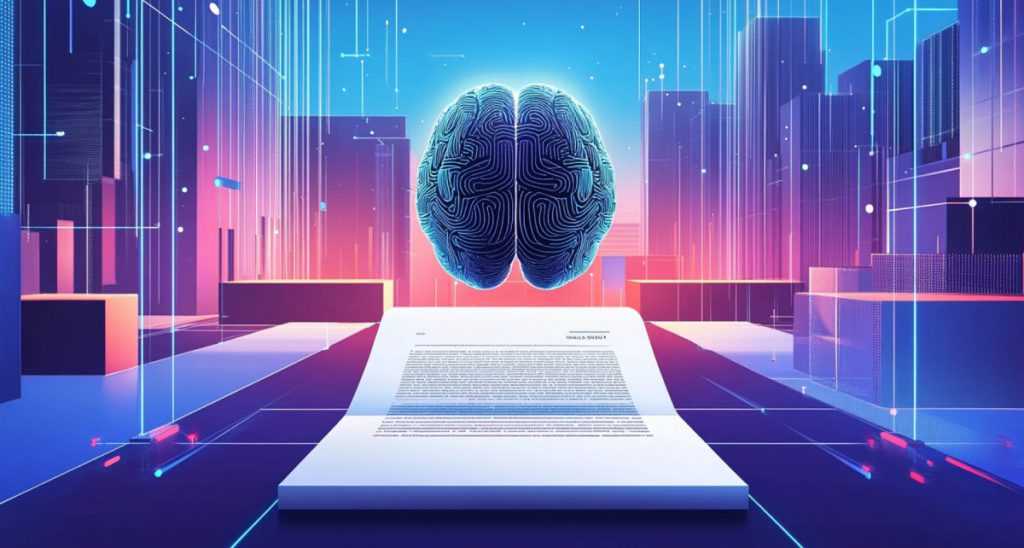GameFi is a dynamic fusion of gaming and finance that leverages blockchain technology to transform how we play and invest. By combining decentralized finance, NFTs, and play-to-earn models, GameFi creates immersive experiences where players can earn in-game currency and digital assets. This innovative approach is reshaping the gaming industry and providing new investment opportunities. In this article, we’re going to dig into exactly what GameFi is, how it works, its ecosystem, and its impact on the future of entertainment and finance.
What is GameFi?
GameFi is a portmanteau-DeFi-equivalent of gaming and finance. It’s a new wave of blockchain-based platforms where players enjoy interactive digital games and earn real-world rewards. In these ecosystems, gamers can accumulate digital assets, tokens, or in-game currency through playing, which can later be traded or reinvested. GameFi platforms use decentralized finance elements and NFTs to ensure players have true ownership of their assets. GameFi is revolutionizing the gaming industry by creating opportunities for passive income, investment returns, and a more immersive user experience.
How Does GameFi Work?
Blockchain Technology
GameFi platforms operate on secure, transparent blockchains that record every transaction and asset ownership, ensuring true digital scarcity and trustless interactions.
DeFi
Decentralized finance components let users to lend, borrow, and swap tokens, integrating a dynamic financial layer into gaming. These DeFi mechanisms facilitate yield farming, liquidity pooling, and built-in asset management, creating vibrant in-game economies that empower players to actively manage and grow their digital wealth.
Non-fungible tokens (NFT)
Non-fungible tokens (NFT) represent unique in-game items, characters, or virtual land, giving players provable scarcity and the ability to trade rare assets in secondary markets. NFTs also empower creators to monetize custom artwork and collectible digital items.
Play-to-Earn Games
Play-to-earn (P2E) games reward players with tokens for game achievements, turning entertainment into a potential revenue stream and creating sustainable in-game economies. Some of the best P2E games are Axie Infinity, The Sandbox, Decentraland, and Alien Worlds.

Source: Axieinfinity.com
GameFi Ecosystem
Game studios
Innovative game studios design immersive titles that integrate blockchain features, enabling real asset ownership and tokenized rewards.
Metaverse
While not all metaverse projects thrive, some offer virtual spaces where GameFi elements enhance social and economic interactions in digital worlds.
Gaming Guilds
Guilds bring players together to share strategies, pool resources, and collectively earn rewards, fostering community and cooperative play.
NFT renting platforms
These platforms allow players to lease rare NFTs or in-game items, creating additional revenue streams and dynamic asset utilization.
Gaming marketplace
A dedicated marketplace facilitates the buying, selling, and trading of digital tokens and assets, ensuring liquidity and price discovery. Places such as OpenSea, Mavis Market, or Magic Eden are always popular destinations for on-chain gamers.


Source: Opensea
Game launchpads
Launchpads support new GameFi projects, offering early-stage funding, exposure, and integration into the broader ecosystem.
Why Game Studios Outperform Single Game Projects and Why Metaverse Is Not a Trend in 2025?
Game studios that operate multiple titles often outperform single-game projects due to diversified revenue streams, shared technology platforms, and cross-promotional opportunities. They leverage economies of scale to optimize development and marketing budgets while reducing overall risk.
In contrast, the metaverse, though exciting, has struggled to maintain mainstream appeal; user adoption remains fragmented, and immersive virtual worlds have yet to overcome technological and content limitations.
This year, investors and gamers are leaning on proven, performance-driven studios that deliver consistent innovation and sustainable growth over more highly speculative metaverse ventures.
The Pros and Cons of GameFi
Pros
Earn While Playing: Players can earn real tokens and digital assets, creating new income streams.True Ownership: Blockchain technology ensures that in-game assets are owned by players, not centralized companies.Decentralized Economy: Transparent DeFi models enable fair trading and asset liquidity.Innovative Experiences: Combines gaming with financial strategies for engaging, interactive play.Passive Income Opportunities: Users can earn rewards through staking and yield farming on GameFi platforms.
Cons
Market Volatility: Token prices can be highly volatile, affecting in-game economies.Complexity: The integration of blockchain and finance may be confusing for traditional gamers.Liquidity Challenges: Low trading volumes can lead to issues with asset liquidity.Security Risks: Smart contract vulnerabilities or hacks remain potential risks.Adoption Barriers: High entry costs or steep learning curves might deter new users.
Popular GameFi Platforms
Ronin
Ronin stands out for its high-speed, low-cost transaction capabilities that support a wide range of play-to-earn games and NFT marketplaces. Its robust infrastructure ensures seamless gameplay and fluid asset transfers, making it a preferred platform for developers and competitive gamers alike.


Source: Roninchain.com
Proof of Play
Proof of Play, known for a well-organized game named Pirate Nation, emphasizes rewarding active participation by tying token rewards directly to in-game actions, ensuring that effort and engagement translate into measurable benefits. This model boosts player motivation and creates a transparent reward system that directly correlates game performance with financial returns.


Source: Proof of Play
Open Loot
Open Loot brings a vibrant marketplace to the GameFi space, enabling players to trade in-game items and NFTs with ease while participating in decentralized finance initiatives. Its innovative platform design supports dynamic pricing and secure asset exchanges, fostering an ecosystem where collectors and traders can thrive in a competitive digital environment.
Conclusion: The Future of GameFi
GameFi represents the next evolution in the gaming industry, blending entertainment with financial incentives. Its innovative use of blockchain, DeFi, NFTs, and P2E models creates immersive ecosystems where players can earn, trade, and invest in digital assets.
Although challenges like market volatility and user adoption barriers remain, the potential for sustainable, decentralized economies makes GameFi an exciting frontier. As technology advances and more studios embrace blockchain solutions, the future of GameFi promises not only richer gaming experiences but also new investment opportunities and a redefined digital economy.
FAQs
How does GameFi make money?
GameFi platforms earn revenue through transaction fees, NFT sales, staking rewards, and partnerships. Not only that, but in-game marketplaces and advertising further contribute to the overall revenue model.
How to play GameFi?
Players typically download a GameFi app or access a web-based platform, create an account, and connect a crypto wallet. Once in, they engage in play-to-earn games, complete in-game challenges, and trade digital assets.
What are GameFi tokens?
GameFi tokens are digital assets issued by gaming platforms that serve as in-game currency, rewards, and governance tools. They enable players to buy items, earn income, and participate in platform decisions. These in-game tokens can be converted into Bitcoin, Ethereum, stablecoins or fiat currency.
Is GameFi gambling?
GameFi is not gambling as it combines strategic or skilled gameplay with decentralized finance. Although some blockchain games incorporate elements of chance, rewards are earned through skill, engagement, and participation.
Is GameFi a good investment?
Investment in GameFi depends on market conditions and individual risk tolerance. While it offers innovative opportunities, potential investors should conduct thorough research and consider volatility before committing funds.



































